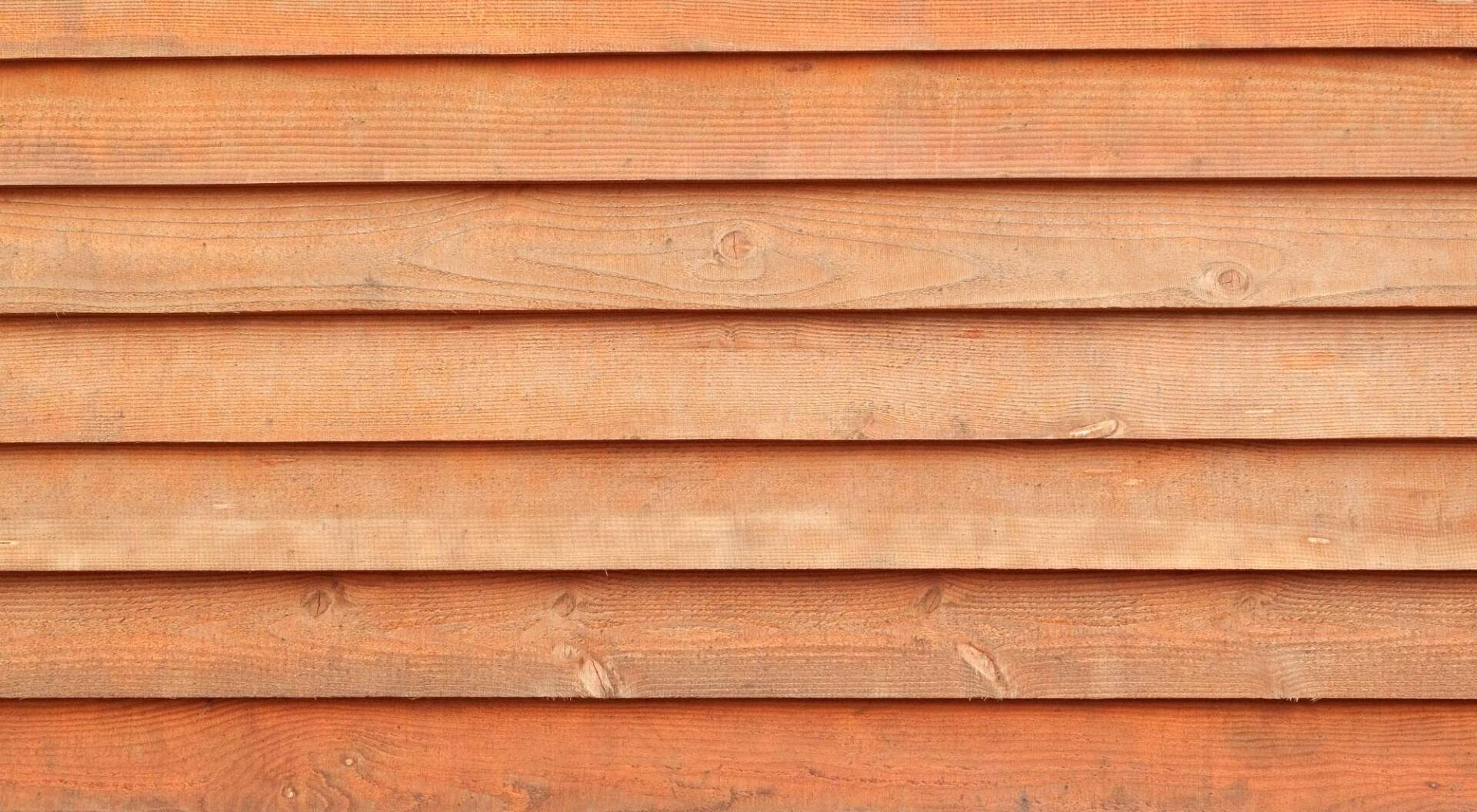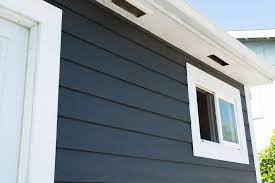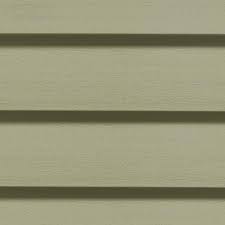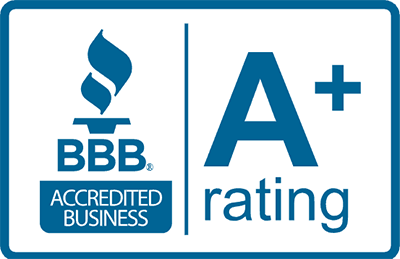Vinyl Siding Lifespan - How Often Should Siding Be Replace?
A lot of homeowners are unsure how often they should replace the vinyl siding on their homes. Should you wait for it to start cracking or is there a certain number of years that you need to worry about? Knowing your type of vinyl and its lifespan will help you make an informed decision. We will be discussing about the different types of vinyl siding, its lifespan and when they might need to be replaced.
What is vinyl siding?
Vinyl siding is a type of exterior cladding that comes in one, or sometimes two panels. The first panel hangs from the bottom and attaches to an angled top rail with brackets on each side.
Vinyl siding was originally invented as part of wartime efforts by scientists at DuPont during WWII who were looking for ways to use plastic materials more efficiently and create new products without wasting them. Vinyl siding became popular because it could be installed easily over existing wood boards due to its non-porous surface which doesn’t absorb water like traditional paint does causing rot damage when moisture seeps through cracks in walls underneath vinyl sheeting.
Types of Vinyl Siding and Its Lifespan
The lifespan of vinyl siding depends on what type you have, how well you care for it and the climate. Here are some different types of vinyl siding and their life expectancy:

Wood Siding
Wood is a natural material and it lasts for 20 to 40 years depending on how well you care. You can extend the life of your wood siding by taking proper maintenance steps like painting every two years and replacing worn out caulking sealant around doors, windows, or other joints that let in water.

Fiber Cement
Fiber cement siding offers a great combination of low maintenance and durability with the beautiful look that vinyl cannot match. Fiber cement is catching up to vinyl in popularity due to its attractive, durable nature which makes it easier on you since you won’t have to go out and replace your entire home’s exterior every few years like other materials require. You should be able to enjoy fiber cements from more than 100 years without any major problems.

Vinyl Siding
Vinyl siding is a common choice for home cladding, and it lasts much longer than you would expect. With no effort or cleaning, your vinyl will last about 60 years max but with meticulous care and maintenance (hand-washing every year), the lifespan can be extended up to 100 years!
When should vinyl siding be replaced?
Aside from considering the types of vinyl siding that you have, there are many factors to consider as to when you should replace it. These include:
1. How old is your siding?
Understanding when your siding was installed is essential for many reasons, but one of the most important factors to consider in its lifespan. The first step in figuring out how old your vinyl or wood shingles are is knowing when they were originally installed on you home. If you can’t remember that information then there’s a chance it could be 10-20 years ago – depending upon when the house was built and or remodeled.
2. Is the vinyl siding is faded, worn, or broken/missing pieces? The vinyl siding on your home can be a blessing or it may become an eyesore. When the finish goes from bright yellow to dull, dirt won’t come off no matter how hard you try that is when replacing the siding becomes necessary. Over time vinyl siding can become dry and brittle which will allow it to break and crack easier. You may have holes in your siding from storm damage, hitting it with a lawn mower or weed trimmer.
3. Do you live in a place like that has cold winters, very hot summers? Your vinyl siding might start to break down over the years and you should consider replacing it even before nearing its lifespan.
Over time, can allow moisture to seep right through it. Vinyl siding protects your home from moisture, which can lead to mold growth. If you notice a leak on the outside of one of your walls or if there is condensation inside it, make sure that this small problem doesn’t escalate into an even bigger and more expensive issue by repairing the seal with new vinyl siding promptly!
Is it worth replacing vinyl siding?
With vinyl siding, you’re able to enjoy a beautiful home with low maintenance. Vinyl is resistant against pests such as termites and does not allow water damage like wood or aluminum would. In fact, the average return on investment for installing new vinyl siding in place of old worn out material has been found at 76%. Worth it? Definitely!
How much does it cost to replace vinyl siding?
Depending on how many pieces of vinyl you need, replacing your old dilapidated vinyl siding can be expensive. According to HomeAdvisor, vinyl costs between $5 and $10 per square foot to replace. For example, if have 2000-square-foot of siding to replace it will cost around repair job is costing around $10,000 and $20,000. Keep in mind this does not include wrapping the windows with metal, replacing any boxing, or installing house wrap.
Does homeowners insurance cover vinyl siding?
Depending on your insurance policy replacing siding, as well as roofs, gutters, and windows may be covered due to storm damaged. These items are not typically replaced as a result of normal wear and tear. However, it is important to review your homeowners policy annually to make sure you know your coverage.



